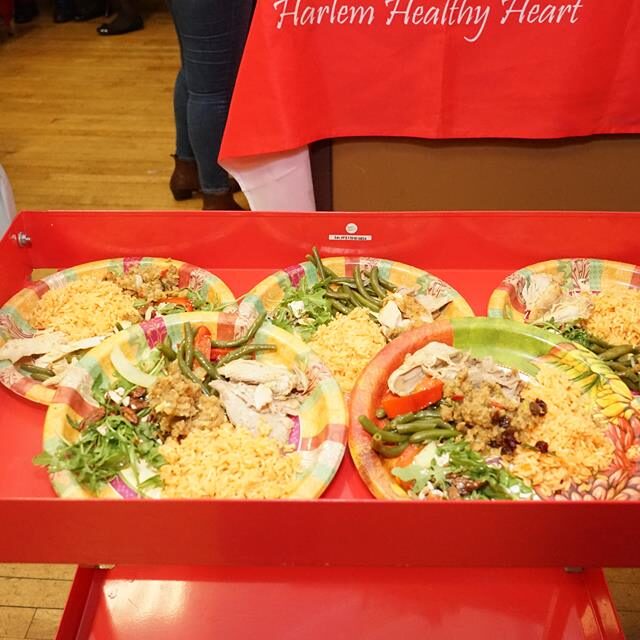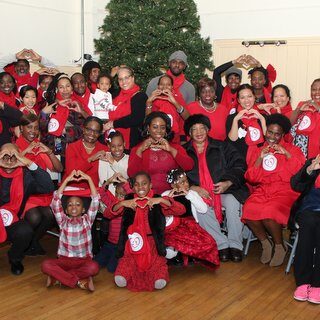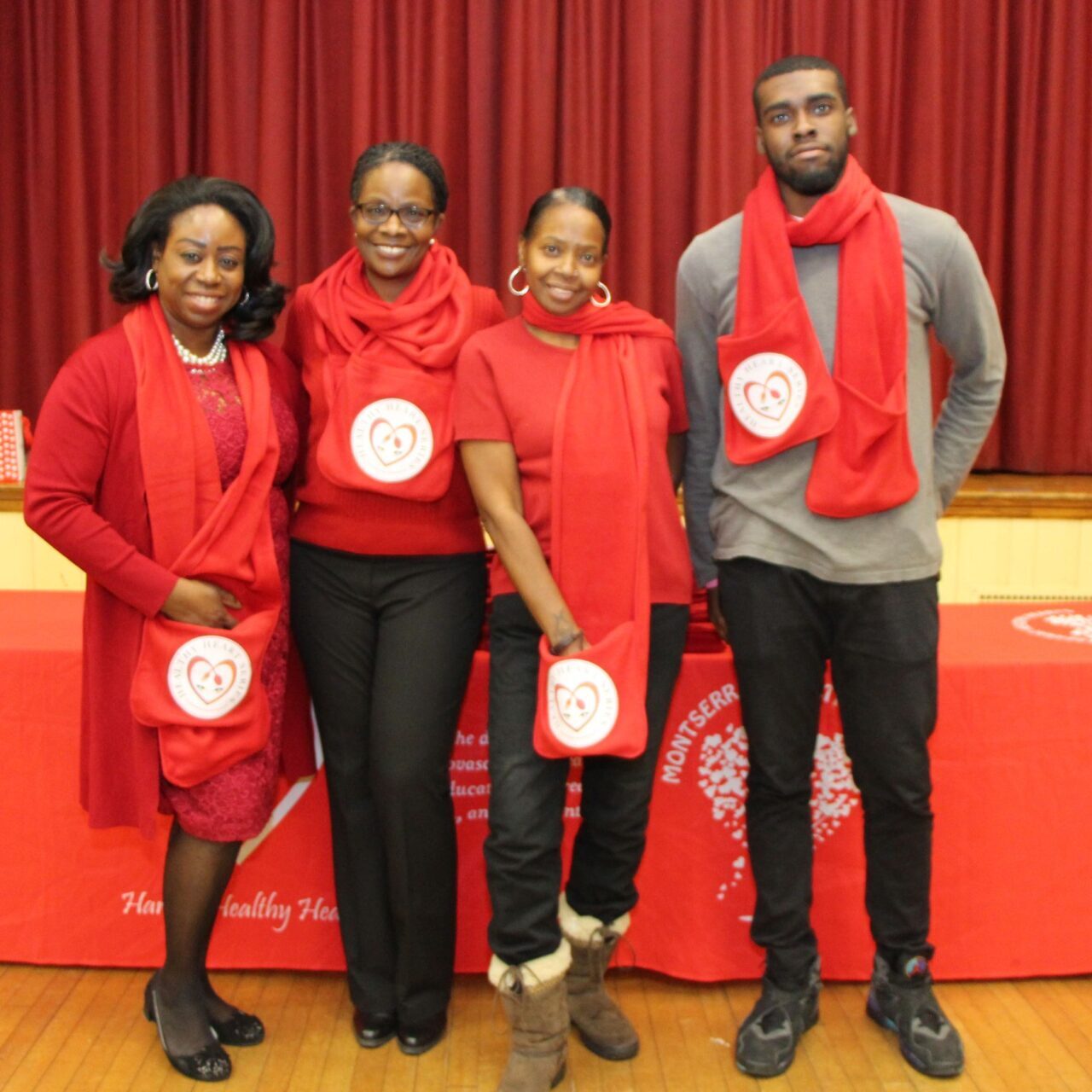
Heart Health Outreach Programs
At Healthy Heart Series, we conduct programs and workshops for patients and create awareness about heart health. We also provide educational materials, information, as well as draw active hands for demonstrations. As a non-profit organization, we educate the public about heart health.
The History of Participant Heart Health Screening
Since January 2012, around 469 participant heart health encounters were recorded. Out of which, 329 have undergone screenings for BP and BS.
The average age of the participants was 62 years, and most of the participants are female (86%) and African American (91%). The majority of participants have several cardio-metabolic risk factors.

Two-thirds (66%) of the participants are overweight, with 44% being obese (the average BMI is 31.8). The average systolic BP of participants is 141 mm Hg, and the average diastolic blood pressure is 80 mm Hg.
The workshops highlighted informative details.
A healthy alternative preparation of popular foods was also shown.
Other Healthy Heart Collaborations
In 2012, Healthy Heart Series engaged two local supermarkets in a pilot program with NYC District Public Health Offices strategies. The supermarkets provided healthier food without the higher cost to the patrons
Direct observations indicated people were not influenced by product sales, use a list, or check food quality. We introduced three healthy approaches.

Lastly, as a result of program participation, 37% of the participants read nutritional labels, and 39% now shop at their local farmer’s markets compared with 5% before.
The information for our data analysis and awareness surveys were used to assess risk factors and nutrition behaviors. The research programs were conducted bi-annually at the beginning and end of each year.

